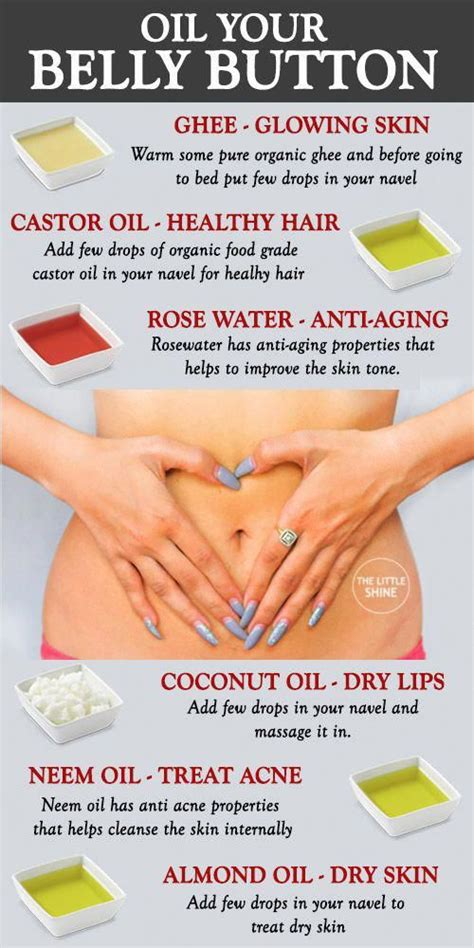How To Clean Your Belly Button: A Hygiene Guide
Your belly button, or umbilicus, is a unique part of your body, often overlooked in our daily hygiene routines. While it might seem insignificant, neglecting its cleanliness can lead to odor, irritation, and even infection. This guide provides a simple, effective approach to keeping your belly button clean and healthy.
Why is Belly Button Cleaning Important?
Believe it or not, your belly button can harbor a surprising amount of bacteria and dead skin cells. The navel's unique shape and depth create a moist, warm environment that's perfect for microbial growth. Regular cleaning prevents the buildup of dirt, sweat, and lint, reducing the risk of:
- Odor: A build-up of bacteria and debris can lead to an unpleasant smell.
- Irritation: Trapped dirt can cause itching and skin irritation.
- Infection: In severe cases, neglecting hygiene can lead to infections, requiring medical attention. This is particularly true for those with existing skin conditions.
How to Clean Your Belly Button: A Step-by-Step Guide
Cleaning your belly button doesn't require special products or complicated techniques. Here's a simple method:
1. Gather Your Supplies:
- Warm water: This is the most crucial element.
- Mild soap: Avoid harsh chemicals or strong fragrances that can irritate your skin. A gentle, unscented soap is ideal.
- Soft cloth or cotton swab: Use a soft material to avoid scratching the delicate skin around your navel.
2. Prepare Your Belly Button:
First, ensure your hands are clean. Wet the area around your belly button with warm water.
3. Cleanse Gently:
Apply a small amount of mild soap to your fingertips or a cotton swab. Gently rub the soap around your belly button, ensuring you clean all crevices. Avoid harsh scrubbing, which could cause irritation.
4. Rinse Thoroughly:
Rinse the area completely with warm water to remove all traces of soap. Ensure no soap residue remains trapped in the navel.
5. Dry Completely:
Gently pat the area dry with a clean, soft towel. Leaving it damp can create a breeding ground for bacteria.
Frequency of Cleaning
How often you need to clean your belly button depends on individual factors such as activity levels and skin type. However, a daily or every-other-day cleaning is generally recommended.
When to See a Doctor
While generally simple to manage, some belly button issues require professional attention. Consult a doctor if you experience:
- Persistent odor: Despite regular cleaning, a foul smell persists.
- Excessive redness or inflammation: These are signs of potential infection.
- Pain or discomfort: Any pain or discomfort around the navel should be evaluated.
- Drainage or discharge: The presence of pus or other discharge requires medical attention.
Maintaining Belly Button Hygiene: Extra Tips
- Keep the area dry: After showering or sweating, ensure your belly button is completely dry.
- Avoid harsh scrubs: Gentle cleaning is key to prevent irritation.
- Choose breathable clothing: Avoid clothing that traps moisture against your belly button.
By following these simple steps, you can maintain excellent belly button hygiene, preventing discomfort and promoting overall skin health. Remember, a clean belly button is a happy belly button!
